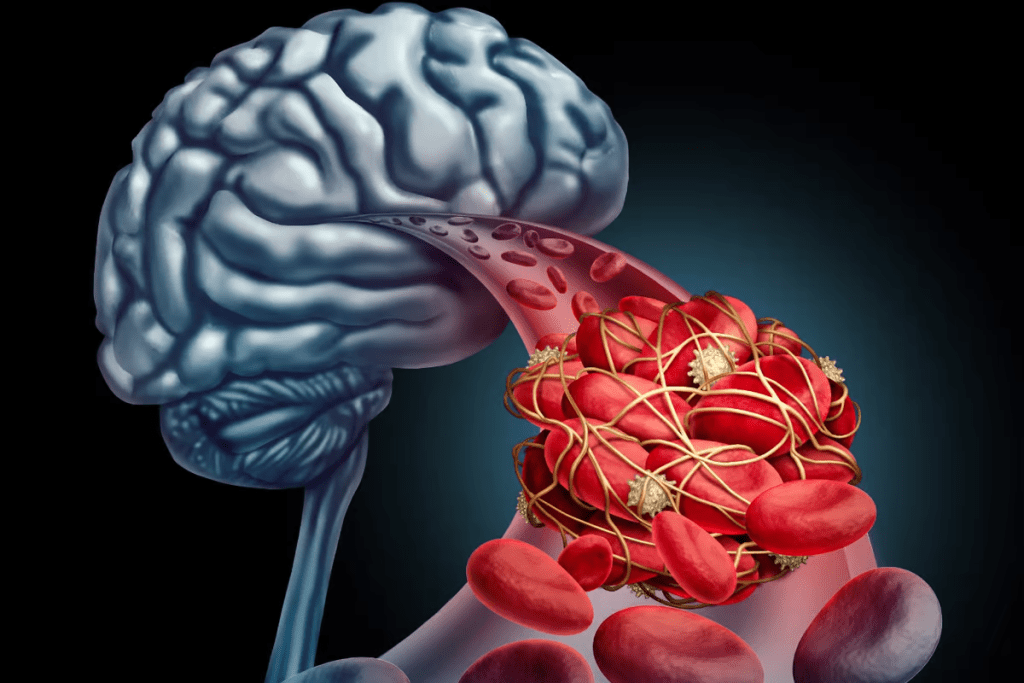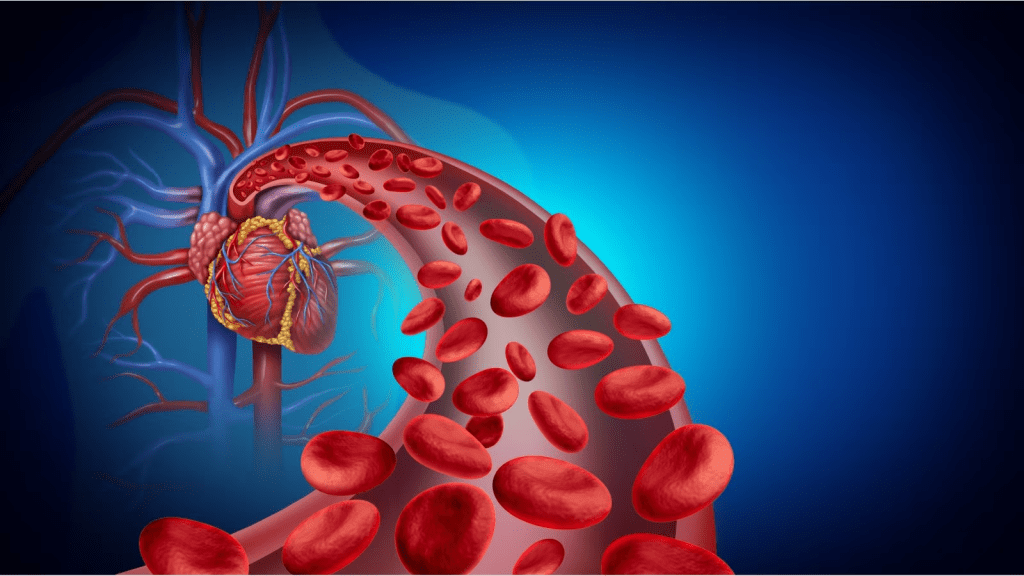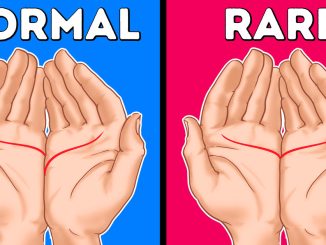Healthy blood circulation is the unsung hero behind all your body’s vital functions. It delivers oxygen, nutrients, and hormones to cells, keeping everything from your heart to your toes functioning properly. But what happens when blood flow becomes sluggish? Poor circulation can lead to a range of health issues, some of which can be serious if left untreated. Recognizing the warning signs early on can help you take action to improve your circulation and prevent complications down the road. Here are ten signs that your blood flow may need a boost.
1. Numbness and Tingling: Your Body’s Cry for Oxygen

Ever feel like your hands or feet are constantly falling asleep? Frequent numbness and tingling, particularly in your fingers and toes, is often a sign that your blood isn’t flowing as it should. When blood flow is restricted, nerves don’t receive the oxygen and nutrients they need to function correctly. This sensation, often described as “pins and needles,” could mean that your circulatory system is struggling to keep up.
2. Cold Extremities: Feeling Frosty in Your Fingers and Toes
Cold hands and feet are more than just an annoyance; they’re a classic sign of poor circulation. Blood flow helps regulate your body temperature by delivering warmth throughout your body. If you consistently have cold extremities, it could mean that blood isn’t reaching these areas efficiently. It’s especially noticeable in colder weather, where the body has to work harder to maintain warmth.
3. Swelling: The Buildup of Fluid in Your Legs and Ankles
Do your legs or ankles seem to swell, especially after long periods of sitting or standing? Poor circulation can cause fluid to accumulate in certain areas of the body, resulting in swelling—a condition known as edema. When blood flow is sluggish, excess fluid leaks from the blood vessels, causing puffiness and discomfort, most often in the lower extremities.
4. Fatigue and Lack of Energy: Running on Empty
Constantly feeling tired, even after a full night’s sleep? Poor circulation could be the culprit. When blood flow is inadequate, your body struggles to deliver enough oxygen to your muscles and tissues, causing fatigue and lack of energy. You may feel out of breath, weak, or easily exhausted, even during everyday activities.
5. Skin Discoloration: Changes in Color Could Signal Circulation Issues
Have you noticed your skin taking on a bluish or purplish hue, especially in the hands and feet? This type of discoloration, known as cyanosis, can occur when there’s a lack of oxygen in the blood reaching these areas. In some cases, poor circulation can also cause patches of red, brown, or even pale skin. Any unusual changes in skin color should be checked out, as they may signal circulatory problems.
6. Varicose Veins: The Visible Signs of Blood Pooling
Bulging, twisted veins, especially on the legs, could be more than just a cosmetic issue—they’re often a sign of poor circulation. Varicose veins form when blood pools in the veins due to weakened or damaged valves, causing the veins to become enlarged. They’re not only painful and uncomfortable but also signal that your blood isn’t flowing as it should. If varicose veins become persistent, seek advice from a healthcare provider.
7. Slow Healing of Wounds: Cuts That Take Forever to Mend
Noticing that small cuts or scrapes take longer to heal? Poor circulation can slow down the healing process because your body relies on efficient blood flow to deliver the necessary nutrients and oxygen for wound repair. Without proper circulation, minor injuries can take weeks to heal, leaving you more susceptible to infections.
8. Cognitive Issues: When Blood Flow to the Brain is Compromised

Do you find it difficult to concentrate or frequently experience brain fog? Reduced blood flow can affect your cognitive function, as the brain depends on a steady supply of oxygen and nutrients to perform optimally. Memory problems, confusion, and difficulty focusing are common symptoms when the brain isn’t receiving sufficient blood flow, and this can lead to more severe issues over time if left untreated.
9. Digestive Problems: Poor Circulation Can Affect Your Gut Too
Believe it or not, poor blood circulation can affect your digestion as well. Reduced blood flow to your digestive organs may result in symptoms like bloating, cramping, and even constipation. The digestive system relies on adequate circulation to break down food and absorb nutrients. If these organs aren’t getting the blood supply they need, it can lead to uncomfortable digestive issues.
10. Cramping and Pain: Especially in the Legs After Activity
Do you experience cramps or pain in your legs, particularly after a short walk or moderate physical activity? This pain, often referred to as “claudication,” is a hallmark sign of poor blood circulation. When your muscles don’t receive enough blood flow, they lack the oxygen necessary to function efficiently, resulting in cramping and discomfort, especially in the calves.
What You Can Do to Improve Poor Blood Circulation

Recognizing the signs of poor circulation is the first step, but addressing the problem is key to maintaining your health. Here are a few steps to boost blood flow and get your circulation back on track:
- Exercise Regularly: Physical activity is one of the best ways to improve circulation. Even a daily walk can make a difference by stimulating blood flow throughout the body.
- Stay Hydrated: Dehydration thickens the blood, making it harder for your heart to pump it efficiently. Drinking enough water daily can help keep your blood flowing smoothly.
- Quit Smoking: Smoking damages blood vessels and reduces circulation. Quitting not only improves your overall health but also enhances blood flow.
- Manage Stress: High-stress levels can restrict blood vessels, affecting circulation. Techniques like deep breathing, yoga, and meditation can help reduce stress and improve circulation.
- Eat a Balanced Diet: Foods rich in antioxidants, vitamins, and minerals support blood vessel health. Incorporating fruits, vegetables, and healthy fats can benefit circulation.
Conclusion: Take Control of Your Circulatory Health
Poor blood circulation isn’t something to ignore. The symptoms might start small, but over time they can lead to severe health issues. By recognizing these ten warning signs and taking steps to improve your circulation, you can boost your overall health, energy levels, and quality of life. Pay attention to your body’s signals—your health depends on it!


